Buy this illustration ARCHITECTURE THE STYLE 02 by AHAI depARTment on canvas, ArtFrame, poster and wallpaper, printed on demand in high quality.
About "ARCHITECTURE THE STYLE 02"
by AHAI depARTment
About the artwork
Members of De Stijl sought a radical reform of art that kept pace with technical, scientific and social changes in the world. This reform included the use of a minimum of colours (primary colours, combined with black, white and grey) and the simplest possible design (preferably following the orthogonal system). Although the magazine De Stijl never sold more than 300 copies, it had a major influence on art in the Netherlands and abroad. Internationally, De Stijl is better known as neo-plasticism or new sculpture in which it played a central role in the European avant-garde from the 1930s onwards.
Conceived by AHAI depARTment, visualized with AI.

About AHAI depARTment
Photographer at heart, has mainly worked on assignment for third parties. Nowadays, he fervently focuses on photography combined with Photoshop and AI... Read more…
 Germany
Germany Ordered in April 2020
Ordered in April 2020
 Germany
Germany Ordered in December 2021
Ordered in December 2021
 Germany
Germany Ordered in June 2020
Ordered in June 2020
 Netherlands
Netherlands Ordered in February 2022
Ordered in February 2022
 Germany
Germany Ordered in December 2021
Ordered in December 2021
 Netherlands
Netherlands Ordered in November 2015
Ordered in November 2015
 Netherlands
Netherlands Ordered in February 2019
Ordered in February 2019
 Germany
Germany Ordered in May 2019
Ordered in May 2019
 Netherlands
Netherlands Ordered in December 2021
Ordered in December 2021
 Germany
Germany Ordered in February 2020
Ordered in February 2020
 Germany
Germany Ordered in March 2024
Ordered in March 2024
 Germany
Germany Ordered in April 2022
Ordered in April 2022
About the material
Wallpaper
Make a statement with art on wallpaper
- Razor-sharp prints
- Easy to apply
- Big sizes possible
- Strong quality
Discover the artworks of AHAI depARTment
 ARCHITECTURE 05AHAI depARTment
ARCHITECTURE 05AHAI depARTment ARCHITECTURE 11AHAI depARTment
ARCHITECTURE 11AHAI depARTment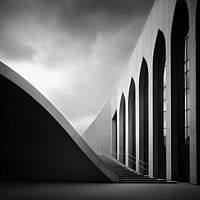 ARCHITECTURE 03AHAI depARTment
ARCHITECTURE 03AHAI depARTment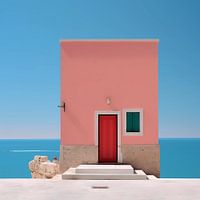 ITALY 03 / MINIMALISTAHAI depARTment
ITALY 03 / MINIMALISTAHAI depARTment BAUHAUS COLLAGE 13AHAI depARTment
BAUHAUS COLLAGE 13AHAI depARTment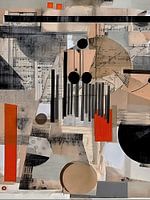 BAUHAUS COLLAGE ABSTRACT 08AHAI depARTment
BAUHAUS COLLAGE ABSTRACT 08AHAI depARTment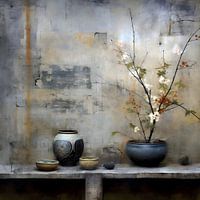 WABI SABI 01AHAI depARTment
WABI SABI 01AHAI depARTment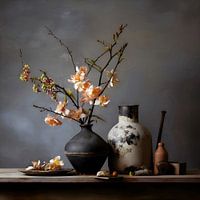 WABI SABI 10AHAI depARTment
WABI SABI 10AHAI depARTment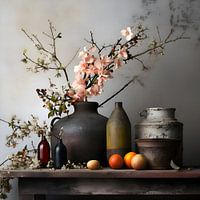 WABI SABI 08AHAI depARTment
WABI SABI 08AHAI depARTment ITALY MEDITERRANEAN SEA 04AHAI depARTment
ITALY MEDITERRANEAN SEA 04AHAI depARTment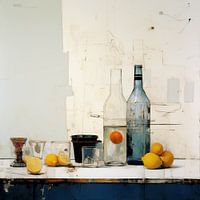 ITALY STILL LIFE 05AHAI depARTment
ITALY STILL LIFE 05AHAI depARTment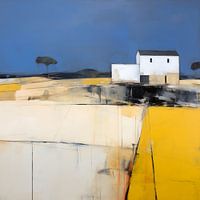 ITALY LANDSCAPE 65AHAI depARTment
ITALY LANDSCAPE 65AHAI depARTment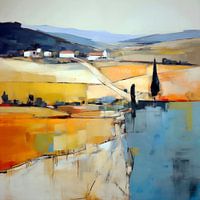 ITALY LANDSCAPE 62AHAI depARTment
ITALY LANDSCAPE 62AHAI depARTment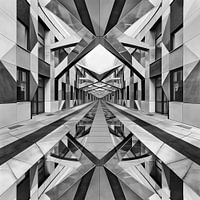 ARCHITECTURE COLLAGE MIRRORING 03AHAI depARTment
ARCHITECTURE COLLAGE MIRRORING 03AHAI depARTment LANDSCAPE ARTARCTICA 02AHAI depARTment
LANDSCAPE ARTARCTICA 02AHAI depARTment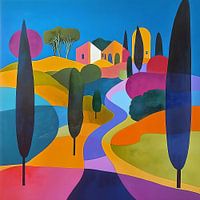 ITALY LANDSCAPE 01 PRIMITIVEAHAI depARTment
ITALY LANDSCAPE 01 PRIMITIVEAHAI depARTment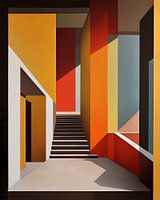 ARCHITECTURE QUINTEN 03AHAI depARTment
ARCHITECTURE QUINTEN 03AHAI depARTment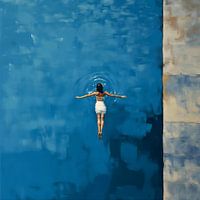 MEDITERRANEAN 07AHAI depARTment
MEDITERRANEAN 07AHAI depARTment LANDSCAPE COLOURED 19AHAI depARTment
LANDSCAPE COLOURED 19AHAI depARTment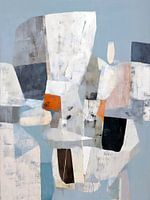 SHIFTING PERSPECTIVES 47AHAI depARTment
SHIFTING PERSPECTIVES 47AHAI depARTment
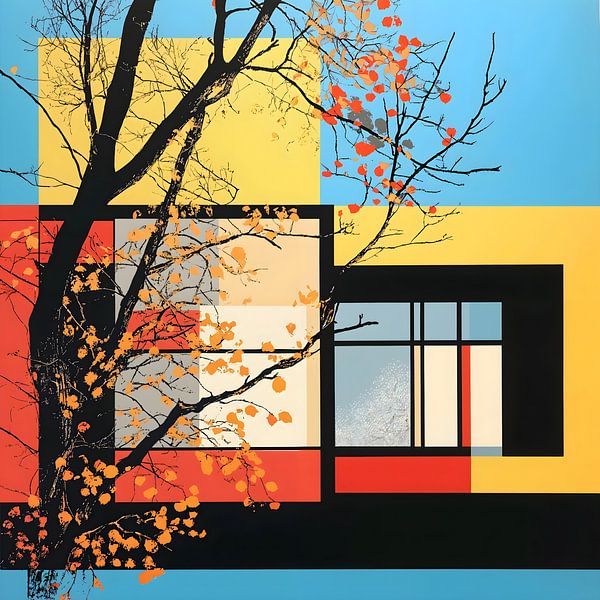

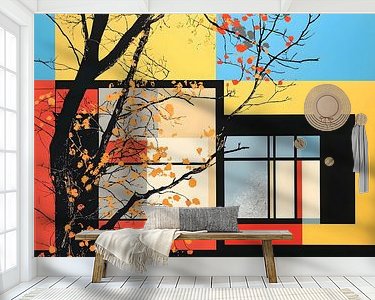


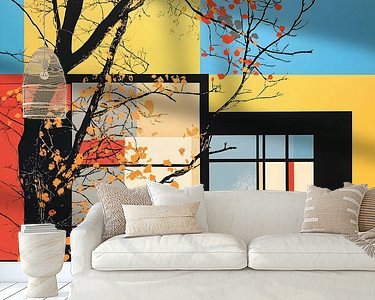



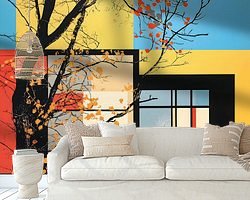



 Architecture
Architecture Illustrations
Illustrations Modern architecture
Modern architecture Trees
Trees Vibrant Colors
Vibrant Colors









